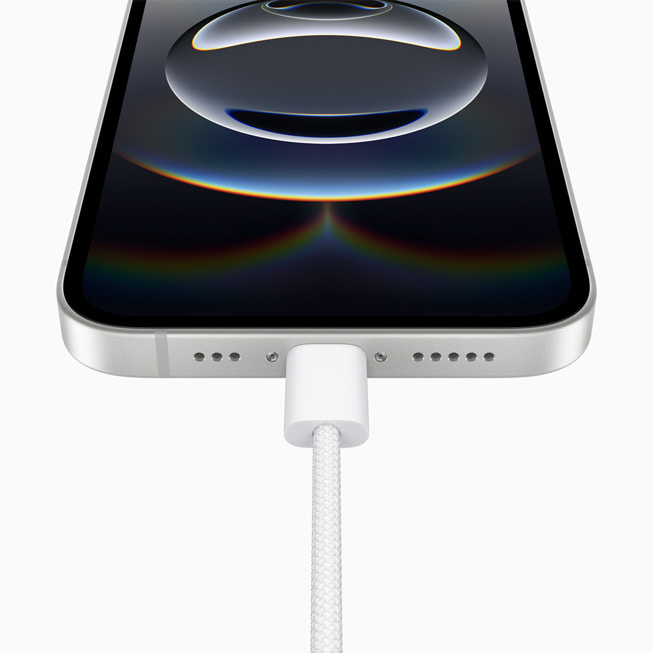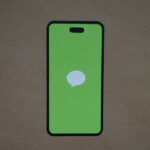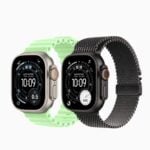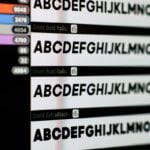USB-C has become the universal charging and data transfer standard for most modern smartphones, including Android devices and the latest iPhones. However, not all USB-C cables and chargers are created equal — and choosing the wrong one can mean slower charging, reduced data speeds, or even damage to your device.
1. What Is USB-C?
USB-C (or USB Type-C) is a reversible connector standard for charging, data transfer, and even audio/video output.
Key features:
- Reversible plug – works either way up.
- Universal compatibility – works with phones, laptops, tablets, and accessories.
- Supports fast charging with the right cable and charger.
- High-speed data transfer depending on the USB version.
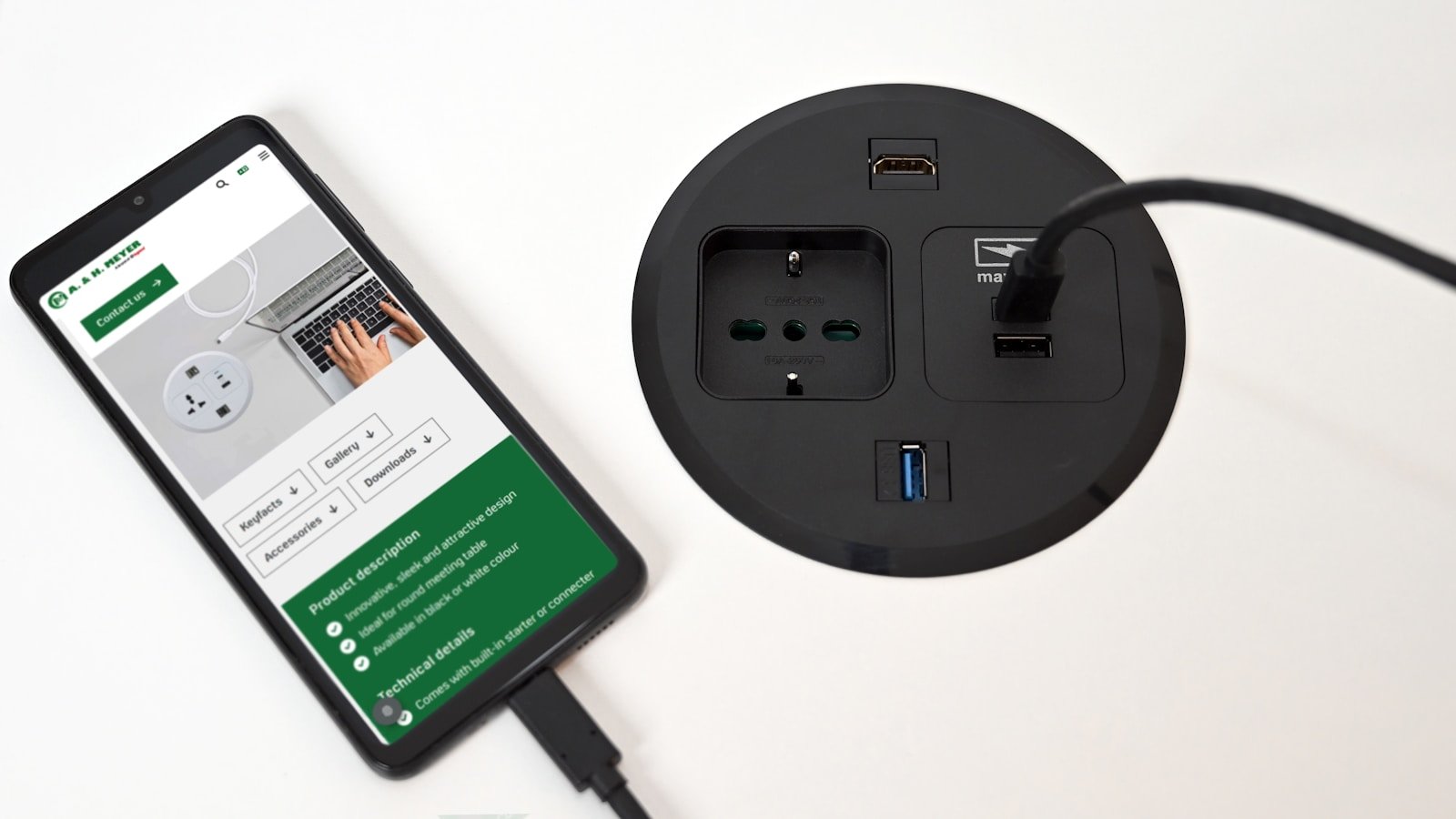
2. USB-C Charging Standards for Phones
Not all USB-C charging is the same. Your charging speed depends on the charging standard your phone and charger support:
| Charging Standard | Max Power (W) | Common Use |
|---|---|---|
| USB 2.0/3.0 | 2.5–15W | Basic charging |
| USB Power Delivery (USB-PD) | 18–240W | Most modern fast charging |
| Qualcomm Quick Charge (QC) | Up to 100W | Many Android phones |
| Proprietary Fast Charging | 30–150W | OnePlus, OPPO, Xiaomi, etc. |
Tip: iPhones (since iPhone 15) use USB-C with USB-PD for fast charging.
3. Choosing the Right USB-C Cable
When buying a cable, check for:
- Power rating – Look for cables rated for at least 60W (3A) for phones, or 100W (5A) for universal use.
- Data speed –
- USB 2.0: 480 Mbps (most cheap cables)
- USB 3.1/3.2: 5–20 Gbps
- Thunderbolt 4: 40 Gbps (overkill for most phones)
- Certification – USB-IF certified cables are safer and more reliable.
(Source: Anker)
4. Picking the Right USB-C Charger
- Match the charging standard your phone supports.
- Wattage: For most smartphones, a 20–45W charger is ideal.
- GaN chargers are smaller and more efficient.
- Multiple ports can charge your phone, laptop, and accessories at once.
(Source: UGREEN)
5. Common Myths About USB-C
- ❌ “All USB-C cables charge at the same speed” – Only if they have the same power rating and standard support.
- ❌ “Any USB-C charger works for fast charging” – Must support your phone’s fast charging protocol.
- ❌ “USB-C is always faster for data” – Speed depends on the cable’s USB version.
6. Best Practices for USB-C Use
- Use original or certified cables and chargers.
- Avoid very cheap, unbranded cables — they can overheat or damage your phone.
- Keep connectors clean and free from dust.
- Replace frayed or damaged cables immediately.
7. Quick Recommendations (2025)
- Best budget cable: Anker PowerLine III (60W, USB 2.0)
- Best fast-charging cable: UGREEN 100W USB-C to USB-C
- Best charger for phones: Anker Nano II 30W GaN
- For iPhones: Apple 20W USB-C Power Adapter or any USB-PD 20W+ charger
✅ Bottom line: For the fastest and safest charging, use a USB-C cable rated for your phone’s charging standard and a charger that matches its power and protocol.
Does the iPhone 14 Have USB-C?
When customers choose a new smartphone, one key feature they often consider is the type of charging and data transfer ports the device offers. The iPhone 14 by Apple remains loyal to the classic Lightning connector, a detail that many Apple enthusiasts are familiar with. As the tech industry sees a shift toward a more universal charging standard, this decision by Apple keeps the iPhone 14 distinct from numerous Android counterparts that use USB-C.
Although there was speculation about the iPhone 14 featuring a USB-C port, Apple decided to retain the Lightning port for this model. Users looking for a change in charging port standards will have to wait for future models. The Lightning connector continues to provide a reliable charging and data transfer solution for iPhone 14 users, ensuring compatibility with existing accessories and services that support the Lightning ecosystem.
Key Takeaways
- The iPhone 14 maintains the use of the Lightning connector.
- Apple has not transitioned the iPhone 14 to the USB-C port.
- The Lightning connector ensures compatibility with a wide range of accessories.
iPhone 14 Design and Connectivity Options
The iPhone 14 continues to use the Lightning port for charging and has not made the switch to USB-C. Despite global regulatory movements, Apple has retained its distinctive connection interface.
USB-C vs Lightning Port
The iPhone 14 does not feature a USB-C port. Instead, it uses Apple’s proprietary Lightning connector introduced in 2012. While USB-C ports are now common in many devices for their universality and high-speed data transfer capabilities, Apple devices continue to use the Lightning port. This means that users need to use a USB-C to Lightning Cable for charging and connecting to computers.
Global Influence and Regulations
Countries like the European Union and India are pushing for a common charging standard to reduce e-waste and consumer inconvenience. The European Union’s recent directive for a single charging solution leans heavily towards USB-C. These global changes aim to standardize cables and chargers across different devices. Although the current iPhone 14 models use a Lightning port, future models may shift to USB-C to comply with these regulations.
Charging and Data Transfer Capabilities
The iPhone 14 does not feature a USB-C port. It continues to use the Lightning cable for both charging and data transfer. This choice has a direct impact on the speeds and methods available to iPhone 14 users for powering up their device and moving data between devices.
Charging Technologies and Speeds
The iPhone 14 supports the Lightning cable for its charging needs. Lightning cables provide a reliable connection and have been in use since 2012. For faster wireless charging, iPhone 14 users can take advantage of MagSafe. This technology uses magnets for easy attachment and allows for quicker power delivery compared to standard Qi wireless charging.
Wired and Wireless Data Transfer
In terms of data transfer, the iPhone 14 relies on the Lightning cable. While it offers enough speed for most users’ needs, it does not match the faster rates possible with a USB-C connection. Wireless alternatives include Wi-Fi for Internet-based data transfer and Bluetooth for local file exchange. MagSafe does not provide data transfer capabilities; it is designed solely for charging.

